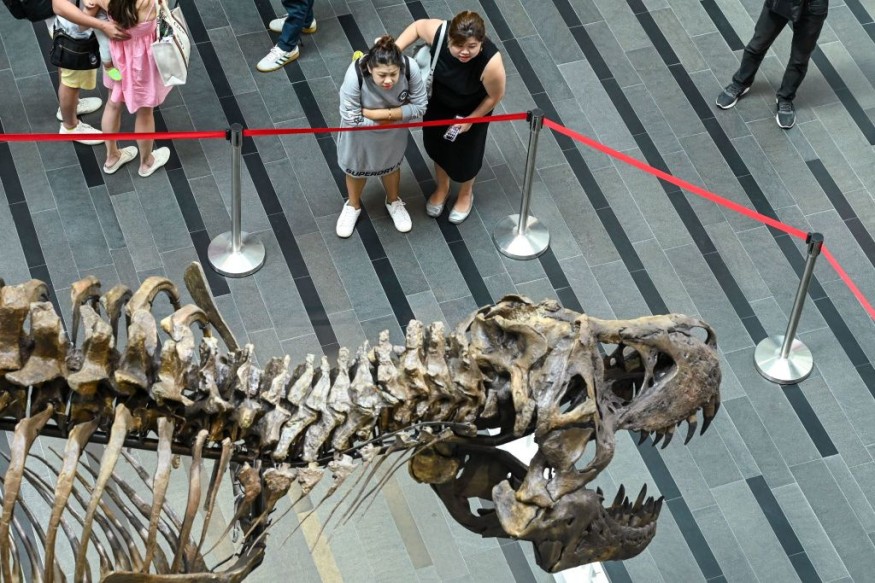
Cambridge University's Museum of Zoology is breaking new ground with its innovative approach to educating visitors by making preserved animals speak.
In an effort to raise awareness about biodiversity, over a dozen taxidermied animals and skeletons at the museum will be able to share their stories starting Tuesday.
AI-Powered Animal Exhibits at Cambridge Museum
Using cutting-edge artificial intelligence, the museum has enabled creatures like a dodo, a red panda and even an American cockroach to communicate with visitors through mobile devices.
The month-long project allows these creatures to narrate their experiences, express their unique personalities and provide insights into their species and natural habitats. According to The Guardian, through voice or text, visitors can learn about the lives of these animals, the challenges they faced and the ecosystems they once inhabited.
Jack Ashby, the assistant director of the museum, says the project offers a fresh perspective on AI's potential in educational spaces. "Museums are employing AI in various capacities, but we believe this is the inaugural instance where we're articulating from the perspective of the object," Ashby explained.
He hopes that giving these animals a voice will change the way people perceive them, even possibly sparking empathy and concern for conservation. The AI program was developed by Nature Perspectives, a company focused on using technology to enhance people's connection to nature.
Each exhibit in the project has been provided with a backstory, including its habitat, collection process and other details unique to its species. This information is then shared with visitors in a conversational style.
To make the interactions as engaging and realistic as possible, the AI gives each animal a specific personality, accent, and tone that adapts based on the age of the visitor. For example, the platypus has an Australian accent, while the mallard duck speaks with a British tone.
The red panda, on the other hand, carries a hint of the Himalayas in its voice. Additionally, the exhibits can converse in over 20 languages, including Spanish and Japanese, making the experience accessible to a global audience.
Visitors are also welcome to ask any questions that come to mind. This approach invites visitors to engage on a personal level, enhancing their overall museum experience and potentially fostering a lasting interest in wildlife conservation.
READ MORE : Two Individuals Achieve First-Ever Communication Through Lucid Dreams While Sleeping At Separate Locations
Museum's AI-Enhanced Dodo Shares Insightful Stories from Mauritius
One of the project's highlights is the museum's dodo exhibit, known for being one of the most complete dodo specimens in the world. When asked about its diet, the AI dodo shares a glimpse into its life on Mauritius, explaining its diet of fruits, seeds, and occasionally small invertebrates.
It also describes how its strong, curved beak was perfect for cracking open the tough fruits of the tambalacoque tree, a plant that once flourished in its habitat.
The dodo's story extends beyond just its diet; it also comments on ongoing cloning efforts aimed at reviving extinct species. The AI dodo reflects on how, despite advancements in genetic technology, successfully reintroducing the dodo would require not only its DNA but also the delicate ecosystem of Mauritius, which has changed drastically since the species vanished.
The fin whale skeleton, suspended from the museum's ceiling, also shares its unique perspective with visitors. While it never met any "famous" people in its lifetime, the whale skeleton emphasizes that anyone who looks up at it with respect and admiration for nature is someone important.
READ MORE : Watch SpaceX Catch Starship Booster Using Chopstick-like Tower Arms in Historic Rocket Landing












